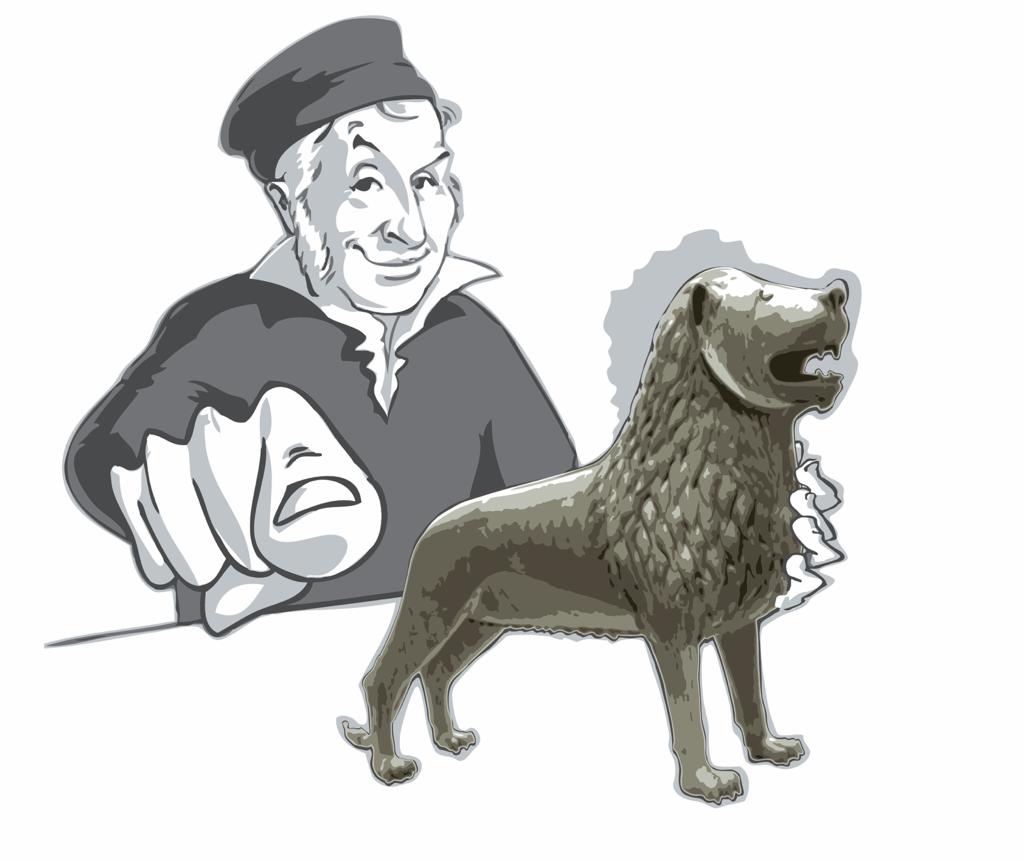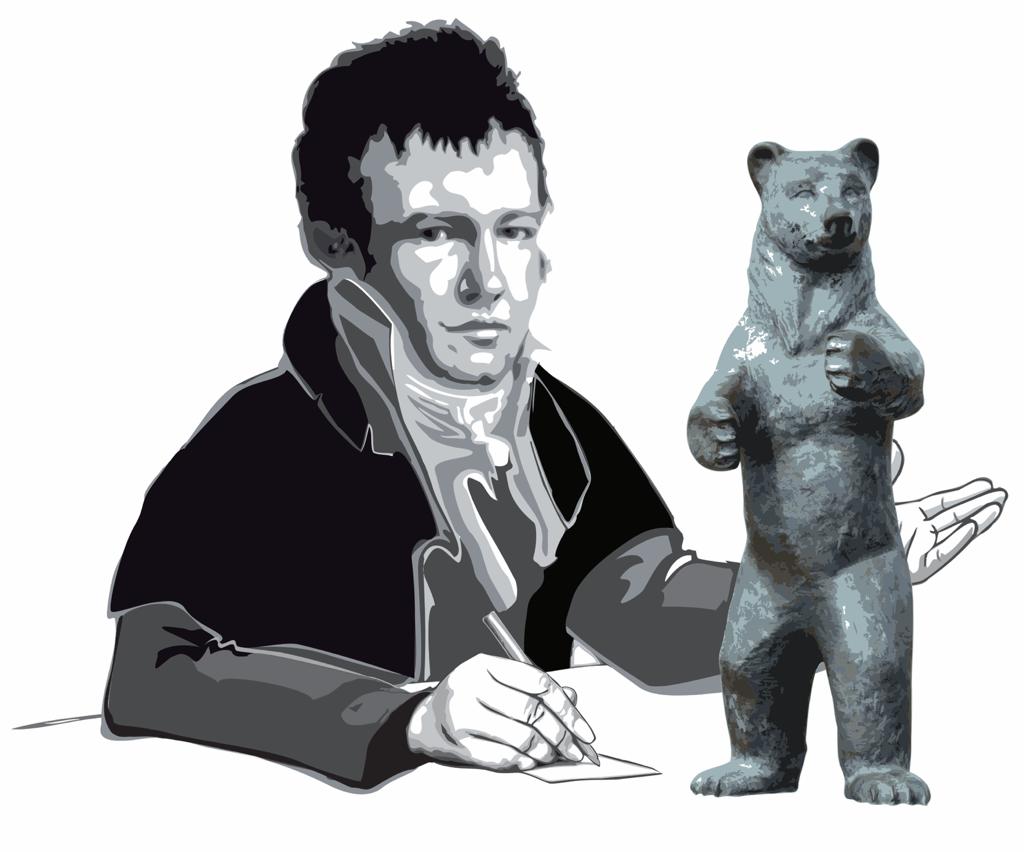Gauss-Telegraph: World trip from home in 30 days – Kathmandu
by Mingma Sherpa

Durbar Square

Pashupatinath Temple
Kathmandu
Kathmandu also known Katmandu or Kantipur is the Capital City of Nepal. Kathmandu refers to a wooden Temple. Kath in Nepali language means “wood” and Mandir meaning “Temple”. Here people have the opportunity to see different culture, traditions and the fascinating and exciting UNESCO World Heritage Site, historical attractions and Durbars.
Must-see attractions
- Durbar Square
Durbar Square in Kathmandu is classified by UNESCO as one of the eight World Heritage Sites. It is the collection of Pagodas, stupas, temples and palaces from the 12th and 18th centuries. Most of the buildings were artificially created by hand.
- The Pashupatinath Temple

Swayambhunath Temple
The Pashupatinath Temple is one of the seven UNESCO World Heritage in Kathmandu. Here are Lingam Statues of Lord Shiva and Cremation site of Hundus. Pashupatiunath Temple ist the Largest Temple in Nepal, which is believed as a holy by Hindus. The main pagoda Style temple has glided roof, four sides covered in silver and fascinating word carvings.
- Swayambhunath Temple
Swayambhunath also known as Swayambu is ancient and religious Temple in west of Kathmandu Valley. It is also known as “Monkley Temple” by the visitor. Lots of Monkey live here. It consists Stupa, schrines, temples from ancient period. You can reach this place in two ways, either you climb over 300 extremely steep stone steps or through vehicles. On Swayambhunath you will can see the fantastic view of the entire Kathmandu Valley.

Dal-bhat-tarkari
Favorite local dish
Dal-bhat-tarkari ist the most Popular Food in Nepal. Dal ist Soup made von lentils, Tarkari means Curry and Bhat means Rice.
Note: Due to the spread of the coronavirus, we don’t recommend to travel until the all restrictions have been lifted.



You must be logged in to post a comment.